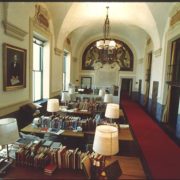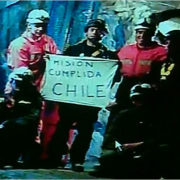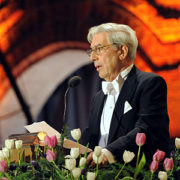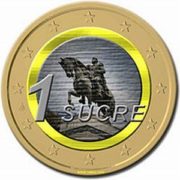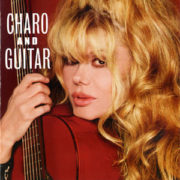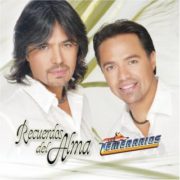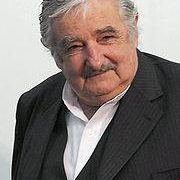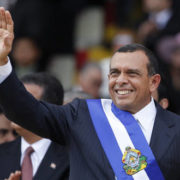“Creating Freedom in the Americas, 1776-1826”
In honor of the bicentennials (200 year anniversaries) of the nations of Argentina, Chile, Colombia, and Mexico, and of the shared history and values of the US and South America, the symposium “Creating Freedom in the Americas, 1776-1826” was celebrated in Washington, DC on November 19, 2010. The symposium was co-hosted by the Bureau of Western Hemisphere Affairs and the Hispanic Division of the Library of Congress, and featured leading historians of the revolutionary periods in Latin America, Brazil, Haiti and the US. The symposium’s panel sessions included: The Americas on the Eve of the Independence Movements, Comparing Independence Movements in the Americas, and Constitution-Making in the Western Hemisphere. A recording of the symposium is available free at http://www.ustream.tv. (Image of the Hispanic Reading Room at the Library of Congress, Washington, DC. Resources are available online at www.LOC.gov.)
En honor a los bicentenarios (aniversarios de los 200 años) de las naciones de Argentina, Chile, Colombia y México, y de la historia y los valores compartidos de los Estados Unidos y América del Sur, el simposio “Creando Libertad en las Américas, 1776-1826” se celebró en Washington, DC el 19 de noviembre de 2010. El simposio fue copatrocinado por la Oficina de Asuntos del Hemisferio Occidental y la División Hispana de la Biblioteca del Congreso, y contó con destacados historiadores de los períodos revolucionarios en América Latina, Brasil y Haití. y los Estados Unidos. Las sesiones de panel del simposio incluyeron: Las Américas en vísperas de los movimientos de independencia, comparación de los movimientos de independencia en las Américas y la elaboración de constituciones en el hemisferio occidental. Una grabación del simposio está disponible gratis en http://www.ustream.tv . (Imagen de la Sala de Lectura Hispana en la Biblioteca del Congreso, Washington, DC. Los recursos están disponibles en línea en www.LOC. gov .)

